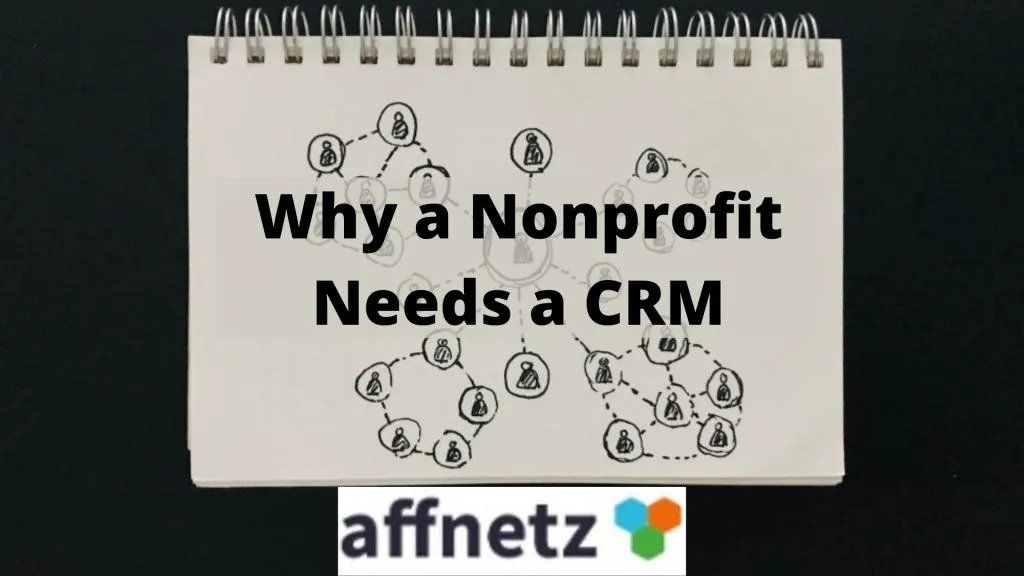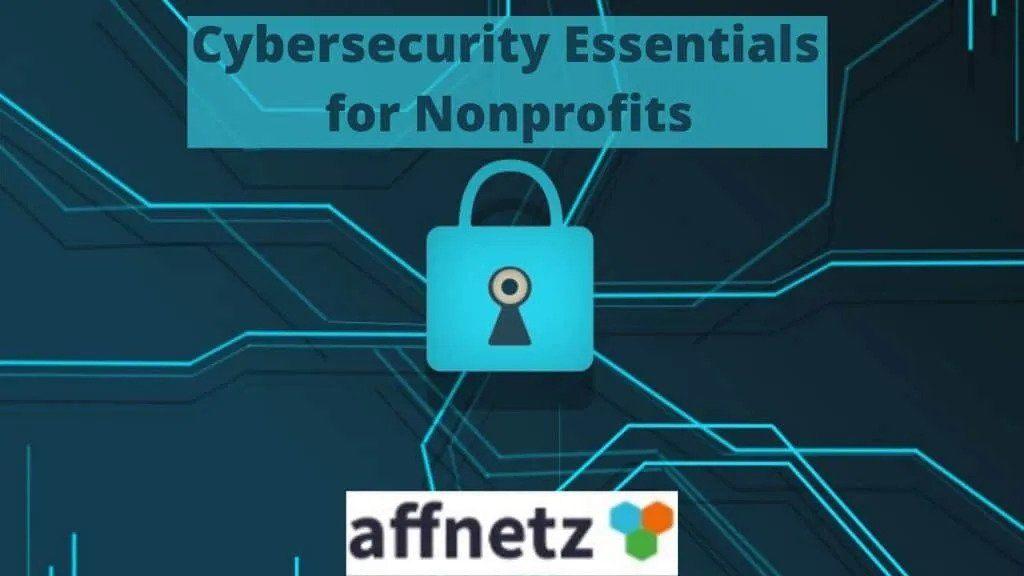Not-for-profit leaders might ask why a Nonprofit needs a CRM. A Customer Relation Management (CRM) System is typically associated with for-profit enterprises.
In this sense, a CRM is defined as, “technology systems companies use to manage their external interactions with customers at all points during the customer lifecycle, from discovery to education, purchase, and post-purchase.”
With some word substitutions, a CRM can be adapted for use by a Nonprofit.
Customer becomes Stakeholder
Nonprofits have multiple Stakeholders:
Donors
Board of Directors
Volunteers
Employees
Sponsors
Event Attendees
Beneficiaries
All these Stakeholders can be captured in the CRM. (Since the term “CRM” is in common usage, it is still CRM even for Nonprofits.) The original definition specifies external customers but a Nonprofit CRM can also include internal people like Employees, Board of Directors and Volunteers.
The different Stakeholders can be tagged differently to differentiate them from one another. However, sometimes an individual Stakeholder can have more than one role. For example, a Donor can also be a Volunteer. Knowing that this dual role exists for some Stakeholders allows the Nonprofit to tailor its interactions to the maximum effect. This a stellar example of why a Nonprofit needs a CRM.
Customer Lifecycle becomes Stakeholder Lifecycle
The Customer Lifecycle concept can easily be adapted to Nonprofit Stakeholders, especially Donors. The original definition notes the lifecycle phases of discovery, education, purchase, and post-purchase. For a Donor, substitute “donation” for “purchase.”
Discovery – The Nonprofit identifies potential Donors. All these names are logged in the CRM and each “touch” or interaction is tracked as well. This way, retrospective analysis can help determine which interactions were most effective.
Education – Efforts are made to educate the potential Donors about the Nonprofit’s mission and why donations are worthwhile. Again, each “education” interaction is logged.
Donation – Once a donation is made, the CRM becomes the data source for thank you communications. The donation itself is tracked in the system so at any time the Nonprofit’s decision-makers can know who donated how much over time.
Post-Donation – Tracking interactions with Donors can help the Nonprofit communicate effectively so Donors feel more satisfied and are motivated to give on an ongoing basis.
All of the above are compelling reasons why a Nonprofit needs a CRM. By having a system to keep tabs on all types of Stakeholders, a Nonprofit can better manage its relationships with these constituents and better meet its organizational goals.



